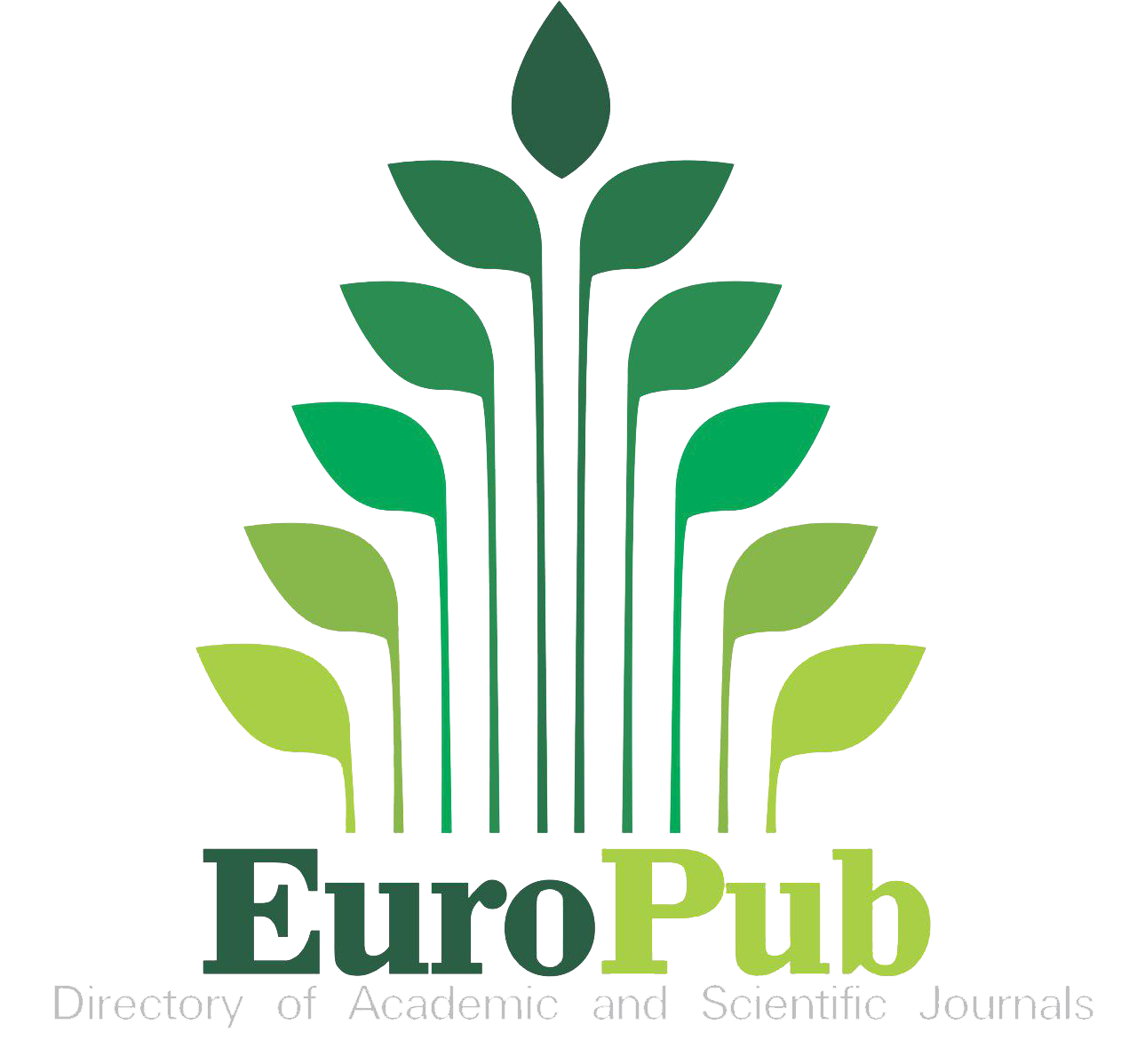Señaléticas turísticas: propuesta de diseño en base a elementos representativos de la cultura Jama-Coaque
DOI:
https://doi.org/10.5281/zenodo.14601915Palabras clave:
señalética turística, cultura Jama-Coaque, diseño gráfico, identidad cultural, desarrollo sostenible, turismo ruralResumen
El objetivo de este estudio fue diseñar una propuesta de señalización turística para el cantón Jama basada en elementos culturales representativos de su cultura. A través de un enfoque cualitativo, se realizó una revisión bibliográfica complementada con trabajo de campo que incluyó observación directa. Los resultados indicaron que la carencia de señaléticas obstaculizaba el desarrollo económico y social de la región. La propuesta desarrollada incluyó tres tipos principales de señalización: vallas informativas, señales de aproximación y tótems turísticos. Estos diseños se ajustaron a las normativas nacionales e integraron símbolos culturales autóctonos para reforzar el sentido de identidad y pertenencia en la comunidad. El estudio concluyó que la implementación de este sistema de señalización tendría el potencial de dinamizar el turismo, contribuir al desarrollo sostenible del cantón, mejorar la calidad de vida de sus habitantes y aumentar la visibilidad de sus recursos naturales y culturales tanto a nivel nacional como internacional.
Descargas
Referencias
Alamineh, G.A., Hussein, J.W., Endaweke, Y., & Taddesse, B. (2023). The local communities’ perceptions on the social impact of tourism and its implication for sustainable development in Amhara regional state. Heliyon, 9(6), e17088. https://doi.org/10.1016/j.heliyon.2023.e17088
Vallejo, A.P., & Álvarez, J.M. (2022). Impacto del Covid-19 en la demanda turística de la Reserva de Producción de Fauna Chimborazo. Revista de Ciencias Humanísticas y Sociales (ReHuso), 7(1), 33-49. https://www.redalyc.org/journal/6731/673171239003/673171239003.pdf
Baloch, Q.B., Shah, S.N., Iqbal, N., Sheeraz, M., Asadullah, M., Mahar, S., & Khan, A.U. (2023). Impact of tourism development upon environmental sustainability: a suggested framework for sustainable ecotourism. Environmental Science and Pollution Research, 30(3), 5917-5930. https://doi.org/10.1007/s11356-022-22496-w
McDonagh, D., Goggin, N., & Squier, J. (2005). Signs, symbols, and subjectivity: An alternative view of the visual. Computers and Composition, 22(1), 79-86. https://doi.org/10.1016/j.compcom.2004.12.009
Gambarota, D.M., & Lorda, M.A. (2017). El turismo como estrategia de desarrollo local. Revista Geográfica Venezolana, 58(2), 346-359. https://www.redalyc.org/pdf/3477/347753793006.pdf
Huete-Alcocer, N., & Valero-Tévar, M.Á. (2021). Impact of Information Sources on Promoting Tourism in a Rural Region: The Case of the Roman Villa of Noheda. Sustainability, 13(14), 8038. https://doi.org/10.3390/su13148038
Meis, J., & Kashima, Y. (2017). Signage as a tool for behavioral change: Direct and indirect routes to understanding the meaning of a sign. PLoS One, 12(8), e0182975. https://doi.org/10.1371/journal.pone.0182975
Moreno-Quispe, L.A., Apaza-Panca, C.M., Ramirez-Altamirano, E.B., & Yauris-Polo, W.C. (2023). Señalización turística como sendero interpretativo desde la percepción de la comunidad en Perú. Revista de Ciencias Sociales, XXIX(3), 412-423. https://produccioncientificaluz.org/index.php/rcs/article/view/40723
Orgaz, F., & Moral, S. (2016). El turismo como motor potencial para el desarrollo económico de zonas fronterizas en vías de desarrollo. Un estudio de caso. El Periplo Sustentable, 31. https://www.scielo.org.mx/scielo.php?script=sci_arttext&pid=S1870-90362016000200008
Santamaría-Freire, E.J., & López-Pérez, S.A. (2019). Beneficio social de la actividad turística en Ecuador. Revista Venezolana de Gerencia, 24(86), 417-434. https://www.redalyc.org/journal/290/29059356007/29059356007.pdf
Publicado
Declaración de disponibilidad de datos
Los conjuntos de datos utilizados y/o analizados durante el presente estudio están disponibles del autor correspondiente previa solicitud razonable.
Número
Sección
Licencia
Derechos de autor 2025 José J. Macías, Orlando R. Lazo, Vladimiro X. Jácome (Autor/a)

Esta obra está bajo una licencia internacional Creative Commons Atribución-NoComercial-CompartirIgual 4.0.




































